Australia has a long fossil history and many ancient animals were found nowhere else in the world. Megafauna Mysteries explores key fossil sites to discover more about Australia’s Megafauna. Students will look at real fossils and replicas to uncover an important part of Australia’s past.
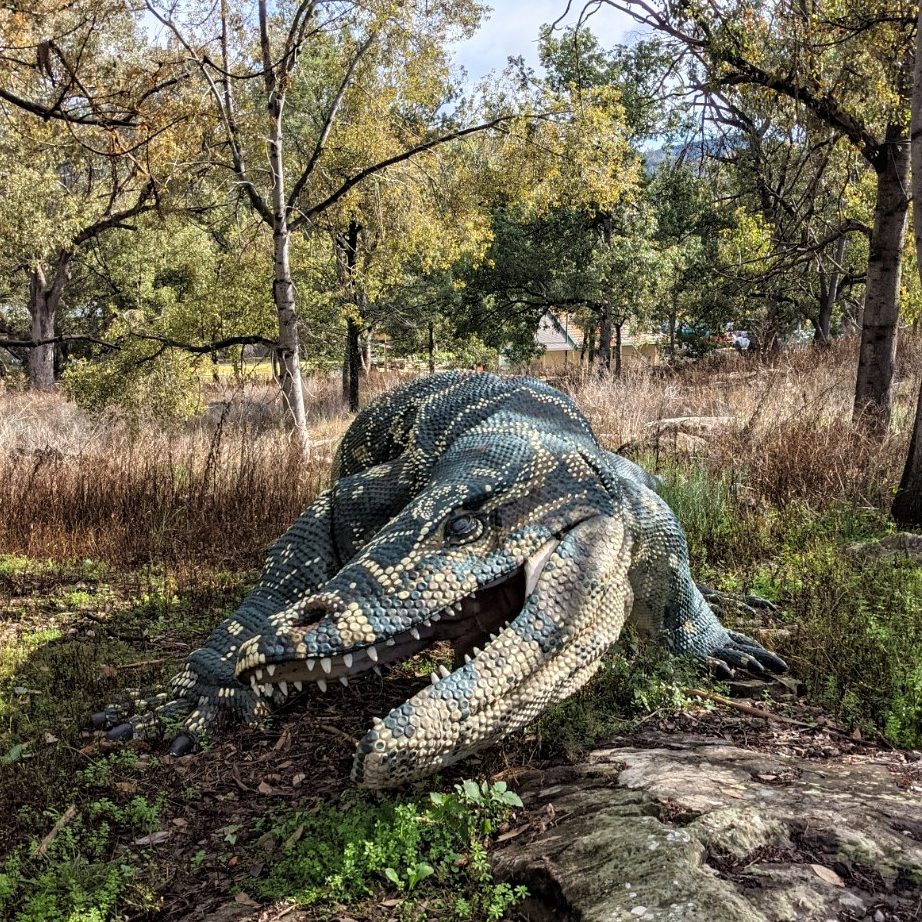
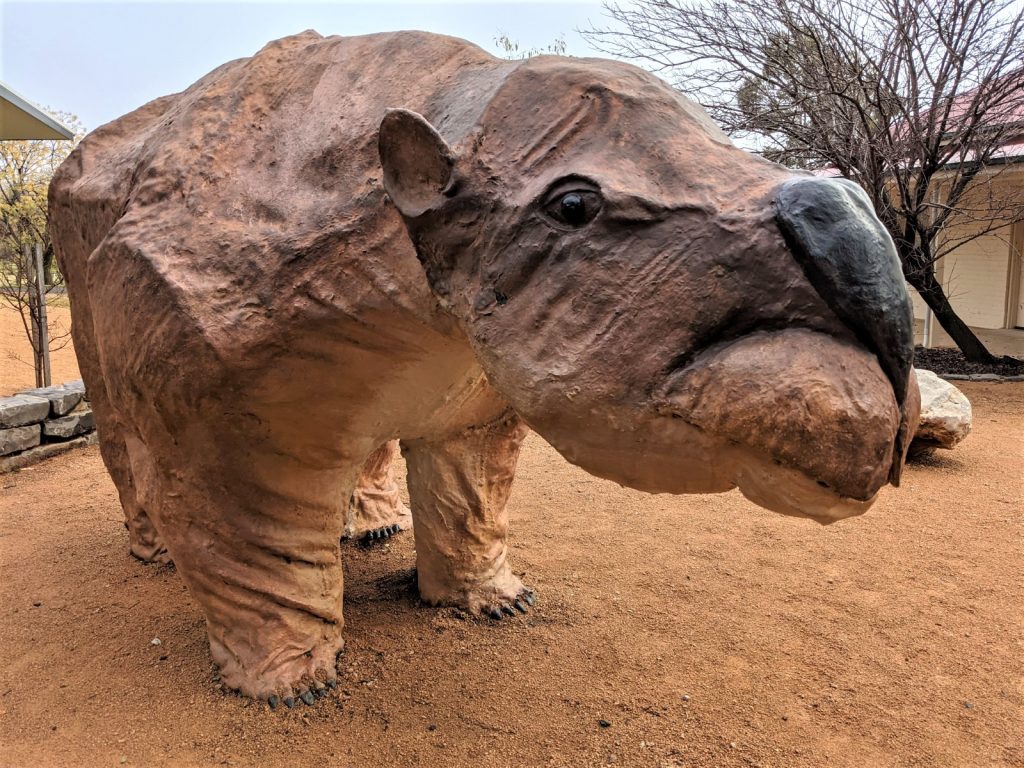
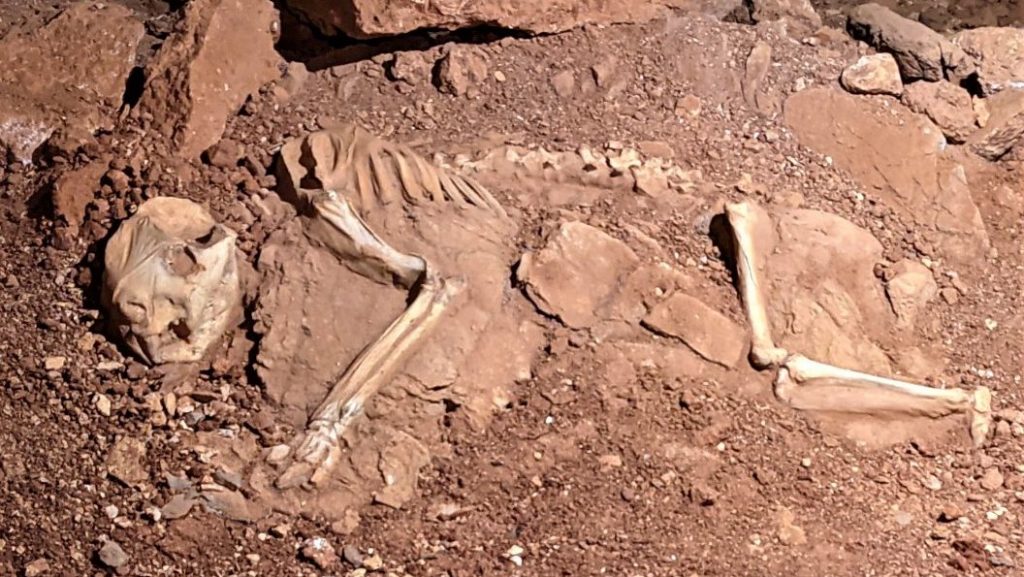
This hands on scientific investigation aligns to Stage 4 & 5 Living Worlds and focuses on classification, adapation and classification. This program will help your students answer the inquiry questions: ‘How do environmental pressures promote a change in species diversity and abundance?’ and ‘What is the relationship between evolution and biodiversity?’ as part of the Year 11 Biological Diversity Modele 3.
The Megafauna Mysteries programs focuses on the evolution and extinction of 4 species:
- Diprotodon
- Megalania
- Thylacaleo
- Obdurodon (Riversleigh Platypus)
Your students will explore evidence from key fossil sites including:
| Lightening Ridge | NSW | Early Mammals | 110 million years ago |
| Riversleigh | Qld | Megafauna | 18 million years ago |
| Naracoorte Caves | SA | Megafauna | 300,000 years ago |
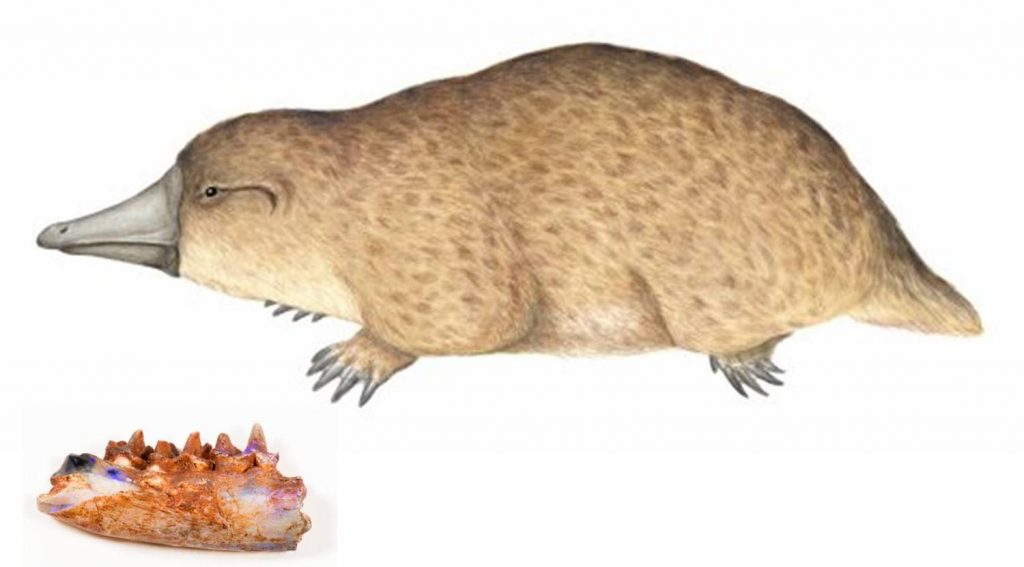
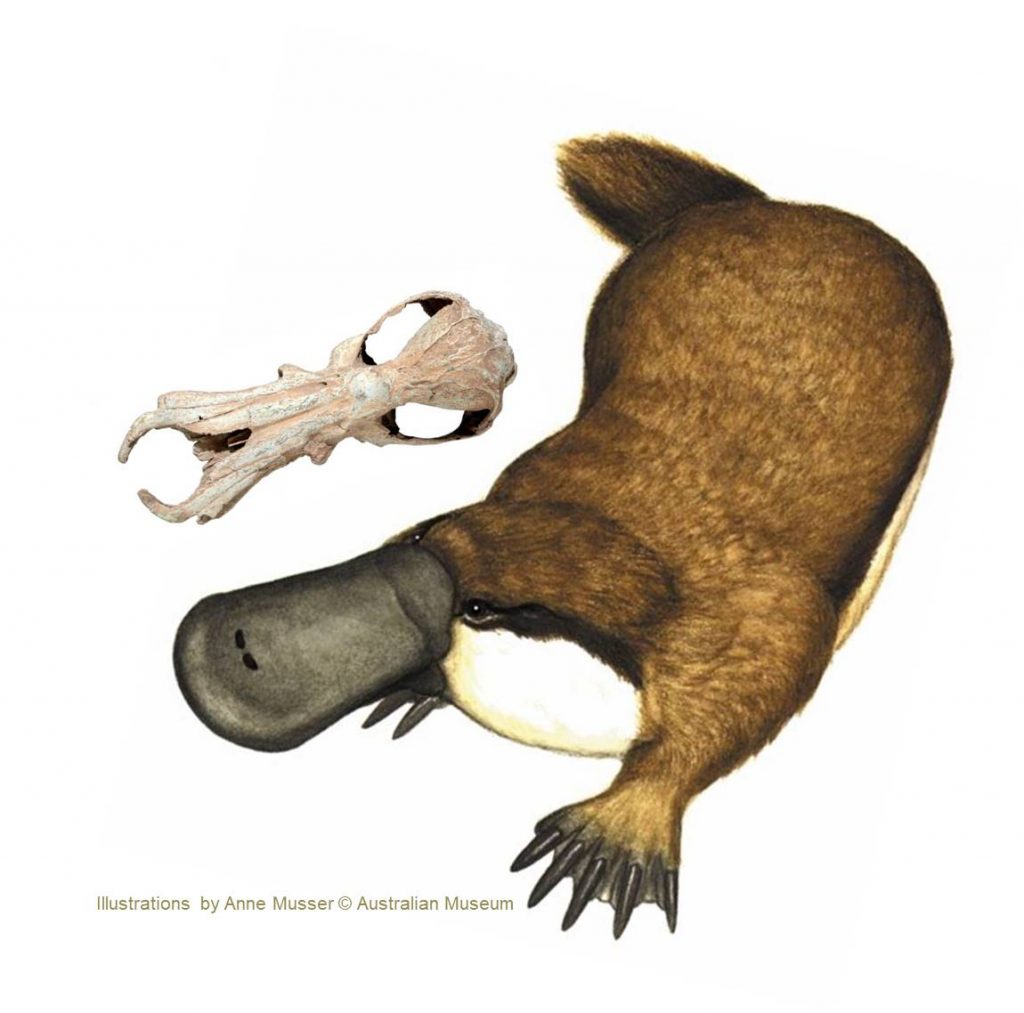
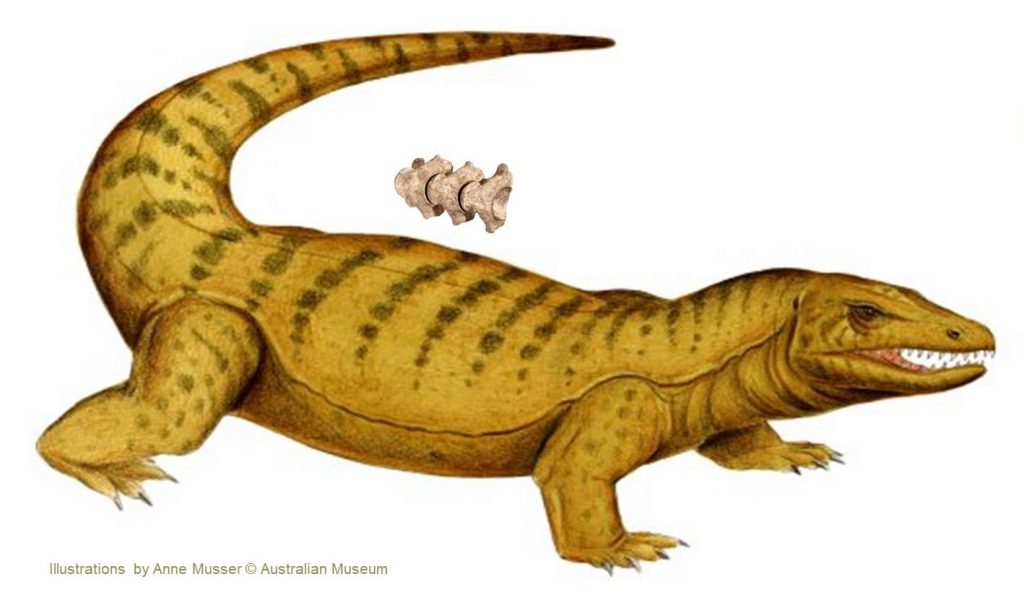
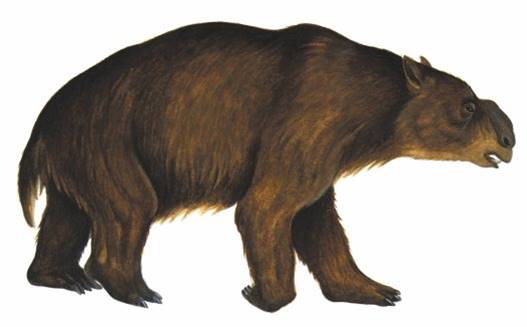
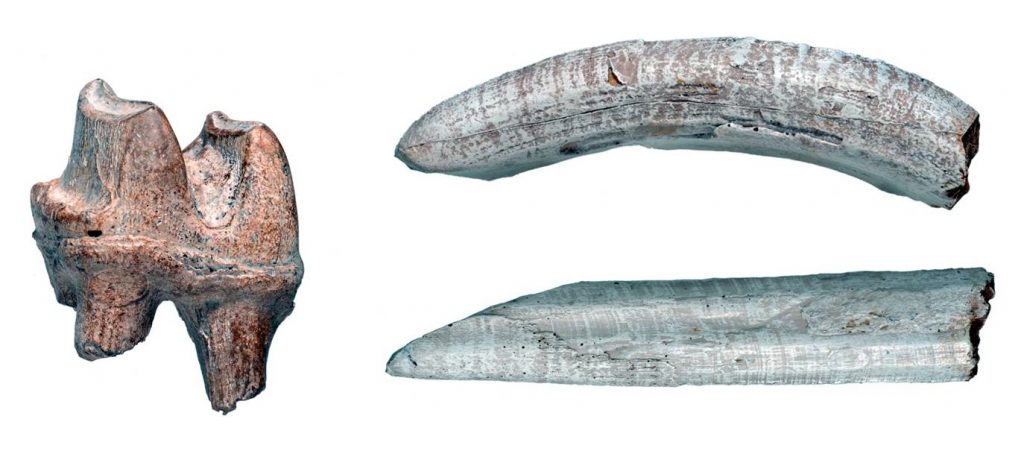
Stage 4: Living World
- SC4-14LW – relates the structure and function of living things to their classification, survival and reproduction
- SC4-15LW – explains how new biological evidence changes people’s understanding of the world
LW1 There are differences within and between groups of organisms; classification helps organise this diversity. (ACSSU111)
Students:
- identify reasons for classifying living things
- classify a variety of living things based on similarities and differences in structural features
- explain how the features of some Australian plants and animals are adaptations for survival and reproduction in their environment
Stage 5: Living World
- SC5-14LW – analyses interactions between components and processes within biological systems
- SC5-15LW – explains how biological understanding has advanced through scientific discoveries, technological developments and the needs of society
LW4 The theory of evolution by natural selection explains the diversity of living things and is supported by a range of scientific evidence. (ACSSU185)
Students:
- describe scientific evidence that present-day organisms have evolved from organisms in the past
- relate the fossil record to the age of the Earth and the time over which life has been evolving
- explain, using examples, how natural selection relates to changes in a population
Year 11: Module 3 – Biological Diversity
Inquiry question: How do environmental pressures promote a change in species diversity and abundance?
Inquiry question: What is the relationship between evolution and biodiversity?
- explain biological diversity by examining the changes in and diversification of life since it first appeared on the Earth
- analyse how an accumulation of microevolutionary changes can drive evolutionary changes and speciation over time
- evolution of the platypus
Education Resources
Find education resources to help you and your students learn more about Ancient Australian Animals.

